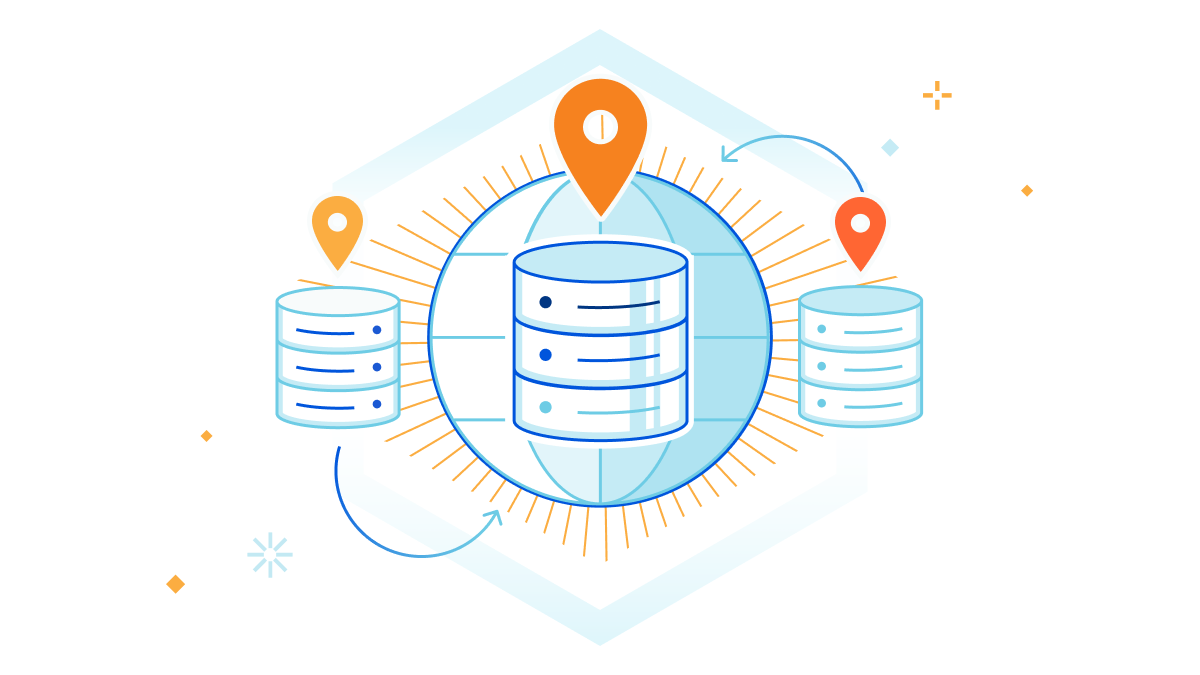
What is a backend development?
"Backend" generally refers to a part of a computer system, network, or software that exists in the background and with which the user generally does not interact directly. Computer software generally consists of two main components: Frontend and Backend
Frontend: The part where the user interacts directly. This includes graphical elements that typically appear in a web browser or software interface.
Backend: The part that runs behind the application and database without the user seeing it. Database access, business logic, server-side programming, and other infrastructure operations take place here.
For example, consider a website. Everything that users see while browsing the website is provided by the frontend. However, operations such as users registering, logging in, entering data, or saving content usually happen in the backend. The backend processes user data, provides the necessary information and communicates with the frontend.
What are the main Backend languages?
There are many programming languages used for backend development. The main backend languages are:
• Java: Java is a programming language with a large user base. It is especially used for large-scale enterprise applications and web services. Java's platform independence allows it to run on multiple platforms.
• Python: Python is a language known for its readable and understandable syntax. Ideal for developing fast and powerful web applications when used with web frameworks like Django and Flask.
• Node.js (JavaScript): A platform used to develop server-side applications using the JavaScript language. JavaScript has become a language that can run on the server side as well as in the browser.
• Ruby: Ruby is preferred for developing fast and efficient web applications, especially when used with the Ruby on Rails framework.
• PHP: PHP is a language designed specifically for web development. Many popular content management systems (CMS) and e-commerce platforms are PHP-based. For example WordPress, Joomla and Magento.
• C# (C Sharp): C# is a language developed by Microsoft and is especially used with the .NET framework. It is widely used for the Windows platform, but thanks to .NET Core, it can also be used on other platforms.
• Go (Golang): Developed by Google, Go is a lightweight and fast language known for its performance. It is especially preferred for large-scale distributed systems and cloud-based applications.
These languages are preferred for different needs and projects. Each has advantages and disadvantages, so a language is chosen depending on the development needs.
What database is used in the backend?
The database used during backend development may vary depending on the application's requirements and the developer's preferences. Commonly used database types are:
• MySQL: MySQL is an open source relational database management system. It is mostly used in web applications and is considered a scalable, reliable option.
• PostgreSQL: PostgreSQL is an open source relational database management system. It is known for its high performance, wide feature set and extensibility. It is especially suitable for complex queries and large datasets.
• MongoDB: MongoDB is a document-based database classified as a NoSQL database. It uses JSON-like BSON files and is preferred for scalable, flexible data storage needs.
• SQLite: SQLite is a lightweight, native database known for its small size and portability. It is generally used in local applications or small-scale projects.
• Microsoft SQL Server: Microsoft SQL Server is a relational database management system developed by Microsoft. It is especially used in Windows-based applications and large-scale corporate projects.
• Oracle Database: Oracle Database is a relational database developed and managed by Oracle Corporation. Preferred for large-scale enterprise applications, but generally more expensive than other databases.
These databases have different feature sets, performance requirements, and data storage models. The choice of the database depends on the specific needs of the projects and the preferences of the developer.
Remember that since backend development is an ever-changing field, you must be open to new technologies and developments. The process of constantly learning and renewing yourself is important.
